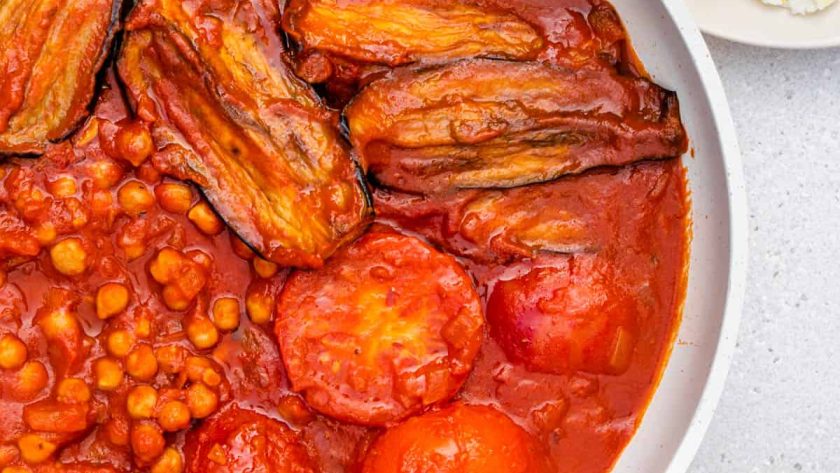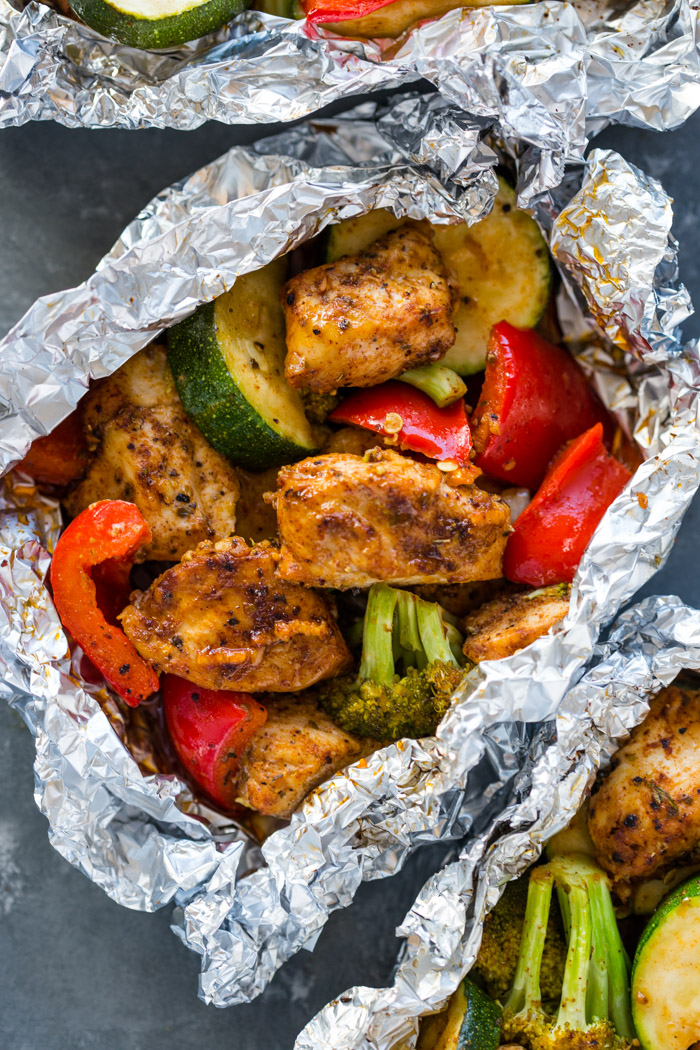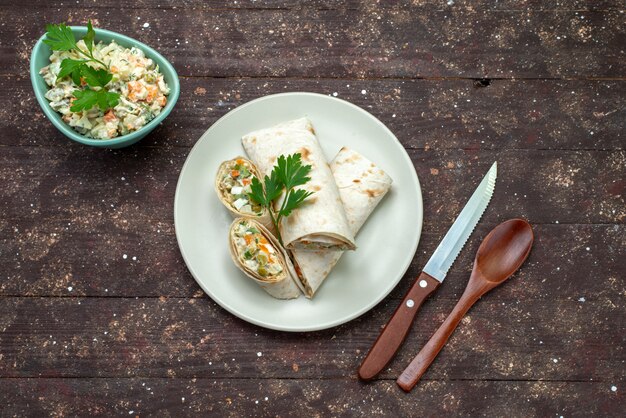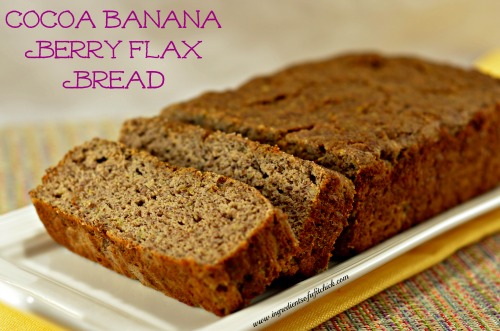Delicious and Flavorful Gheymeh Khoresh Bademjan A Traditional Persian Eggplant Stew Recipe to Savor
Discover the exquisite taste of Persian cuisine with this delicious Khoresh Gheymeh Bademjan recipe. This traditional eggplant stew is bound to delight your palate. Featuring sumptuous chunks of eggplant combined with savoury beef, zesty tomatoes, and aromatic spices, this robust, flavourful dish offers a genuinely unique gastronomic experience.
The key to the success of this dish lies in the slow cooking process, which allows the flavors to meld together and develop a depth of taste that is simply irresistible. Whether you’re a seasoned chef or a novice cook, this recipe is sure to impress your family and friends with its exotic flavors and comforting warmth.
So why not transport yourself to the bustling streets of Tehran with a steaming bowl of Khoresh Gheymeh Bademjan? Follow this simple recipe to bring a taste of Persia into your own kitchen and enjoy a culinary adventure unlike any other.
How to Make Delicious Persian Eggplant Stew
To make this delicious Persian eggplant stew, also known as Khoresh Gheymeh Bademjan, follow these simple steps:
Ingredients:
- 2 medium eggplants
- 1 onion, chopped
- 2 cloves of garlic, minced
- 1 pound beef or lamb, cut into pieces
- 1 cup yellow split peas
- 1 tablespoon tomato paste
- 1 teaspoon turmeric
- 1 teaspoon cinnamon
- Salt and pepper to taste
- Vegetable oil for frying
Instructions:
- Peel the eggplants and cut them into cubes. Sprinkle with salt and let them sit for 30 minutes to reduce bitterness. Rinse and pat dry.
- Heat vegetable oil in a pan and fry the eggplant cubes until golden brown. Set aside on a paper towel to drain excess oil.
- In a separate pot, sauté the chopped onion and minced garlic until fragrant. Add the meat and cook until browned.
- Add turmeric, cinnamon, salt, and pepper to the pot. Stir in the tomato paste and yellow split peas.
- Pour in enough water to cover the ingredients and bring to a boil. Lower the heat, cover, and simmer for 1-2 hours, or until the meat is tender.
- Once the meat is cooked, add the fried eggplants to the pot and simmer for an additional 15-20 minutes.
- Adjust seasoning as needed and serve the Persian eggplant stew hot with rice or bread.
Enjoy this flavorful and aromatic Persian dish with your family and friends!
Traditional Iranian Recipe for Gheymeh Khoresh Bademjan
Khoresh Gheymeh Bademjan is a delicious and savory Persian stew that combines tender eggplant with flavorful yellow split peas. This traditional Iranian dish is rich in flavors and textures, making it a perfect comfort food for any occasion.
Ingredients:
- 1 large eggplant, peeled and cubed
- 1 cup yellow split peas, washed and soaked
- 1 onion, finely chopped
- 2 cloves of garlic, minced
- 1 teaspoon turmeric
- 1 teaspoon ground cinnamon
- 1 teaspoon ground cumin
- 1/4 teaspoon ground saffron (optional)
- 2 cups vegetable broth
- 2 tablespoons tomato paste
- Salt and pepper to taste
- Oil for frying
Instructions:
- Heat some oil in a large pot and fry the cubed eggplant until golden brown. Remove and set aside.
- In the same pot, sauté the chopped onion and garlic until translucent.
- Add the turmeric, cinnamon, and cumin, and cook for a minute until fragrant.
- Add the soaked yellow split peas, vegetable broth, and tomato paste. Stir well.
- Bring the mixture to a boil, then reduce heat and simmer for about 30 minutes until the split peas are tender.
- Add the fried eggplant to the stew and simmer for an additional 10-15 minutes.
- If using saffron, dissolve it in a bit of hot water and add it to the stew. Season with salt and pepper to taste.
- Serve the Khoresh Gheymeh Bademjan hot with steamed rice or Persian flatbread.
Ingredients for Persian Eggplant Stew Vegetarian
Here is a list of the ingredients you will need to make Persian Eggplant Stew:
| 1 large eggplant, peeled and sliced |
| 1 onion, chopped |
| 2 cloves of garlic, minced |
| 1 pound of stewing beef, cubed |
| 1 cup of yellow split peas |
| 2 cups of beef or vegetable broth |
| 1 teaspoon turmeric |
| 1 teaspoon ground cinnamon |
| 1/2 teaspoon ground saffron (optional) |
| Salt and pepper to taste |
| 1/4 cup of oil for frying |
| Fresh parsley or cilantro for garnish |
Fresh Vegetables and Spices for Authentic Flavors
One of the key elements in creating a delicious Persian Eggplant Stew, or Khoresh Gheymeh Bademjan, is the use of fresh vegetables and aromatic spices. The combination of these ingredients creates an authentic and flavorful dish that captures the essence of Persian cuisine.
For this recipe, you will need:
- 1 large eggplant, cubed
- 2 large onions, chopped
- 3 tomatoes, diced
- 1 cup yellow split peas, soaked
- 1 teaspoon turmeric
- 1 teaspoon ground cinnamon
- 1 teaspoon ground cumin
- 1 teaspoon ground cardamom
- Salt and pepper to taste
- Chopped fresh parsley for garnish
These fresh vegetables and spices are essential for creating the rich and fragrant flavors that make Khoresh Gheymeh Bademjan so delicious. By using high-quality ingredients and traditional seasonings, you can enjoy an authentic Persian dish that is sure to impress your family and friends.
Step-by-Step Cooking Instructions
Ingredients:
• 2 medium eggplants
• 1 large onion, chopped
• 2 cloves garlic, minced
• 1 lb stew meat (lamb or beef), cubed
• 1 can (15 oz) diced tomatoes
• 2 tbsp tomato paste
• 1 tsp turmeric
• 1 tsp cinnamon
• Salt and pepper to taste
• Vegetable oil
• Water
• Lemon juice
• Sugar (optional)
Instructions:
| 1. Cut the eggplants into cubes and sprinkle with salt. Let them sit for about 30 minutes to release their bitterness. Rinse and pat dry. |
| 2. Heat some vegetable oil in a large pot over medium heat. Add the eggplant cubes in batches and fry until golden brown. Remove and set aside. |
| 3. In the same pot, add more oil if needed and sauté the chopped onion and minced garlic until fragrant. |
| 4. Add the cubed stew meat and brown on all sides. |
| 5. Stir in the diced tomatoes, tomato paste, turmeric, cinnamon, salt, and pepper. Add water to cover the meat and bring to a boil. |
| 6. Reduce heat, cover, and simmer for about 1.5 to 2 hours until the meat is tender. |
| 7. Add the fried eggplants to the pot and simmer for an additional 30 minutes. |
| 8. Taste and adjust seasoning as needed. Add lemon juice and sugar if desired to balance the flavors. |
| 9. Serve the Persian eggplant stew hot with rice or bread. Enjoy! |
Simple and Easy Guide to Prepare Khoresh Gheymeh Bademjan
Preparing Persian Eggplant Stew, also known as Khoresh Gheymeh Bademjan, is a delightful culinary experience. Here is a simple and easy guide to help you make this delicious dish at home:
- Ingredients: Gather all the required ingredients, including eggplants, yellow split peas, onions, lamb or beef, tomatoes, turmeric, cinnamon, salt, pepper, and vegetable oil.
- Preparation: Cut the eggplants into slices or cubes, soak the split peas, and chop the onions and tomatoes. Marinate the meat with turmeric, salt, and pepper for added flavor.
- Cooking: In a pot, sauté the onions until golden brown, then add the marinated meat and cook until browned. Next, add the chopped tomatoes, turmeric, and cinnamon, followed by the split peas and water. Let it simmer until the meat and split peas are tender.
- Frying Eggplants: Fry the eggplants until golden brown and set aside. This step adds a crispy texture to the stew.
- Combining Ingredients: Add the fried eggplants to the stew and let it simmer for a few more minutes to allow the flavors to blend together.
- Serving: Serve the Khoresh Gheymeh Bademjan hot with steamed rice or bread. Garnish with fresh herbs like parsley or mint for an extra touch of freshness.
Enjoy the rich flavors and aromas of this traditional Persian dish with your family and friends!
Serving and Enjoying Persian Eggplant Stew
Once your delicious Persian eggplant stew is ready, it’s time to serve and enjoy this flavorful dish. Here are some tips on how to make the most of your khoresh gheymeh bademjan:
Serving Suggestions:
1. Serve the stew hot over a bed of fluffy white rice or with some warm pita bread.
2. Garnish with a dollop of tangy yogurt and a sprinkle of fresh herbs like parsley or mint.
3. Add a squeeze of fresh lemon juice to brighten up the flavors.
Enjoying the Dish:
1. Take a bite of the tender eggplant, flavorful meat, and aromatic spices for a burst of Middle Eastern flavors.
2. Make sure to scoop up all the delicious sauce and juices with your rice or bread.
3. Savor each spoonful and appreciate the rich and complex flavors of this traditional Persian dish.
Whether you’re enjoying it as a comforting weeknight meal or serving it to guests at a special occasion, Persian eggplant stew is sure to impress with its delicious taste and exotic flavors.
Tips for Garnishing and Pairing with Rice
When serving Persian Eggplant Stew, also known as Khoresh Gheymeh Bademjan, there are a few tips to keep in mind for garnishing and pairing with rice:
| Garnish with Fresh Herbs: | Before serving, sprinkle the stew with fresh chopped herbs such as parsley, cilantro, or mint. The vibrant green color and fresh flavors will complement the rich stew. |
| Add a Dollop of Yogurt: | A dollop of plain yogurt on top of the stew can add a creamy contrast to the dish. It also helps balance out the flavors and provides a cooling element. |
| Pair with Basmati Rice: | Persian Eggplant Stew is traditionally served with fluffy basmati rice. The fragrant and long-grain rice pairs perfectly with the rich and flavorful stew. |
| Serve with Salad: | For a complete meal, consider serving the stew with a side salad of fresh greens dressed with a simple vinaigrette. The refreshing salad will provide a contrast to the hearty stew. |








